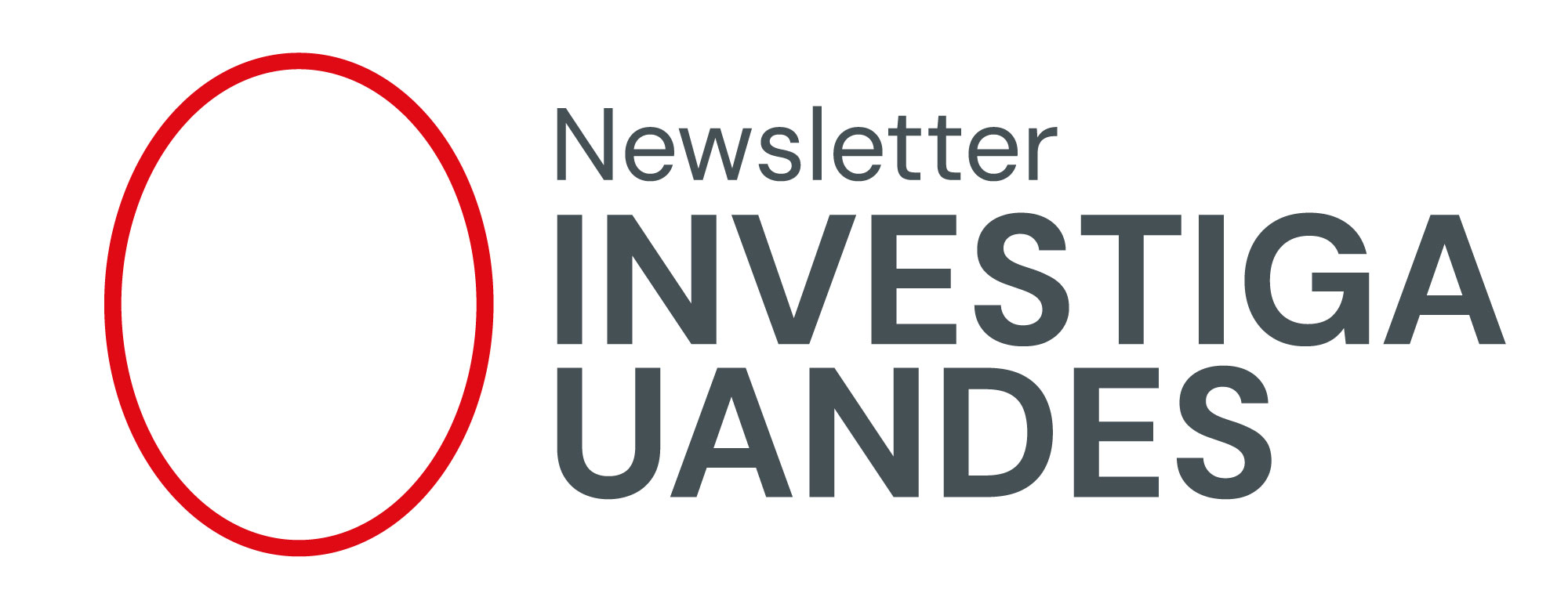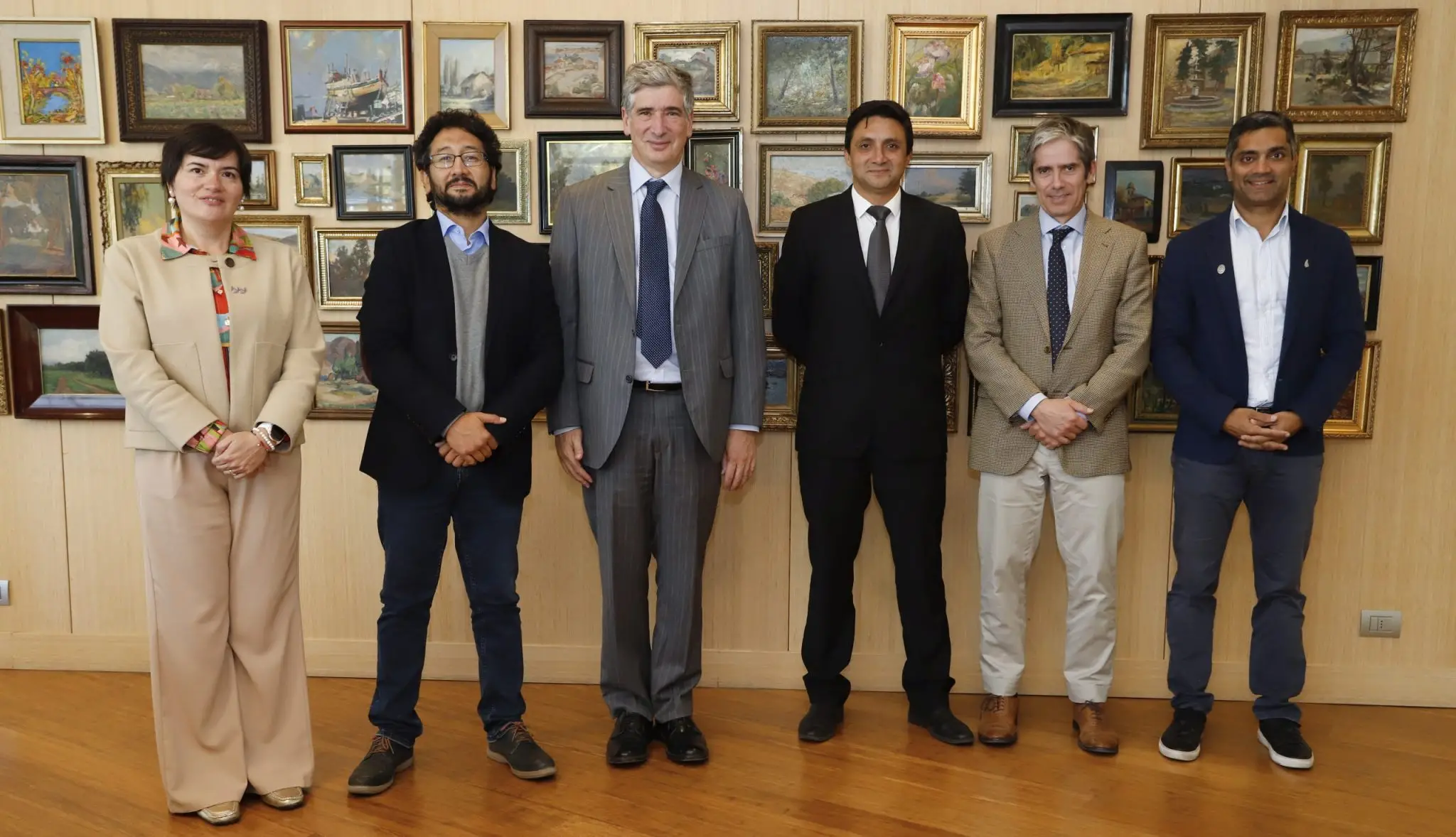The objective of Gel-X is to extend the shelf life of meat products, allowing for longer shipping times to their export destinations.
Gel-X, the technology developed by researchers from the School of Medicine, Javier Enrione and Paulo Díaz, has become the new spin-off of the University; a company that is launching from the laboratory in partnership with Agrosuper.
Supported by UANDES Innovation, which accompanied the researchers throughout the process, the fifth spin-off was created with the objective of extending the shelf life of meat products, allowing them to be exported for a longer period of time before reaching their destination.
Gel-X is a biomaterial produced from salmon skin waste, which is subjected to a treatment where a hydrogel is obtained that acts as a base. Specific modifications are then applied to it in order to provide it with the necessary properties for its purpose.
Anil Sadarangani, Chief Innovation Officer, said that"this new-spin off of Universidad de los Andes reflects the work that has been done with researchers for more than a decade, strengthened by public funds from Corfo and ANID and the confidence of our private investors to scale up from the laboratory to the market."
Javier Enrione, Gel-X researcher and vice rector for research, said that this spin-off is the result of a long research and development process, which began with a fundamental research stage, followed by work focused on applied science, and culminated with technological development, adapting the technology for implementation in production plants.
"This entire process required significant academic dedication, even within the companies themselves. We are very pleased that this development can finally be transferred and generate a positive impact on a significant sector of our country's economy. I would especially like to highlight the support and guidance of the Innovation Directorate team throughout this process,"said Enrione.
Paulo Díaz, a researcher at the School of Medicine, pointed out that "the transition from the laboratory bench to the process line is not trivial, and has required the participation of many people. It has been a very challenging process, but full of valuable lessons."

